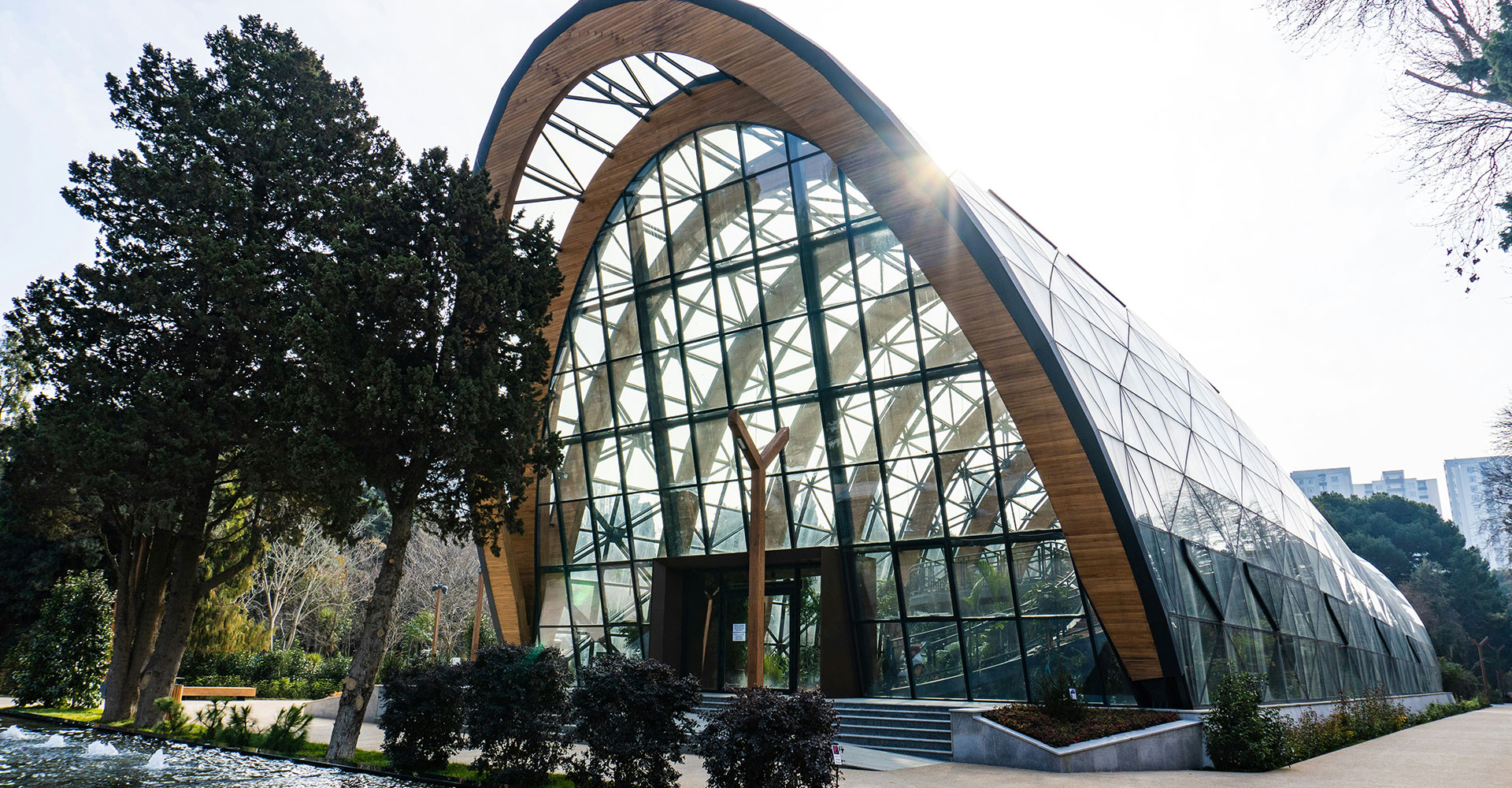Wellness-oriented design is one of the trends driving office space innovation. The International WELL Building Institute (IWBI) is one of several organizations leading this drive. The IWBI establishes strict standards and provides third-party verification and certification to companies and businesses following:
- Company-wide practices
- Operational protocols
- Robust design standards
Its leaders recognize the important roles played by buildings, communities, and leaders to support and ensure everyone’s health and safety. It’s also become clear that there’s a significant ROI generated from investing in human/social capital. More and more companies have chosen to prioritize people-first environments and invest in their employees’ health.
WELL Certification
Administered by IWBI, the Well Building Standard® is a “performance-based system for measuring, certifying, and monitoring features of the built environment that impact human health and wellbeing through air, water, nourishment, light, fitness, comfort, and mind.”
As a building standard designed to encourage the design of spaces that will enhance people’s health, companies can earn one of four WELL certification levels—bronze, silver, gold, or platinum—according to points earned from performance outcomes for design, operational, and policy strategies.
What the future holds
We saw several trends and innovations arise during the pandemic. Experts anticipate them continuing in a post-COVID world. They include:
- Prioritizing indoor air quality, with more buildings installing HVAC air purification systems designed to filter out contaminants and viruses. We’ll see even more “smart,” enabled air quality management systems, sensor fans, HEPA and advanced MERV filtration, and UV-based systems. Construction and renovations will include materials designed not to emit toxins into environments.
- Bringing nature inside. People can expect the inclusion of more biophilic design in buildings, too. It is more than simply adding plants and shrubs, too—and includes access to natural light and outside views, use of outside areas, incorporation of natural features like stone and wood, and, yes, plant life, too.
- Upgrading lighting, with additions of skylights or sunrooms and fixtures created specifically to imitate natural light. Even window treatments are lightening up, and offices are including more personalized lighting options for employees to choose what lighting works best for them.
- Focusing on noise reduction—important especially in open concept spaces where, even if people choose to work separately from each other, sound still travels. Interior designers are incorporating sound management via acoustic plaster and panels, solid core interior doors, and softer, more textural finishes that also absorb sound waves. Other companies are incorporating “quiet rooms” where employees can go work alone away from the hustle of a busy office, too.
- Increasing hands-free and voice technology as well as other touchless options for handles, lights, and other fixtures. And touch-free doesn’t feel quite as odd as it did in pre-COVID times. Now it’s become a matter of convenience and ease. With Siri and Alexa, voice automation has also become more commonplace. New uses include opening and closing doors or shades via voice, for example.
- Shifting away from “open everywhere” floor plans, a trend that didn’t age well during the pandemic. Some interior designers hypothesize that we won’t see walls going up everywhere, but we will see more spaces intentionally designed to allow flexible use, with furniture that’s easy to rearrange, and movable walls used to create privacy niches.
- Enhancing outdoor spaces, for companies and businesses fortunate to have access to patios or rooftop decks. Technology advances allows these spaces to function like offices—complete with virtual meeting capabilities, weather-resistant speakers, and even motorized shades to create semi-enclosed areas and better control temperatures (and even bugs!)—plus the apps to control it all.
- Incorporating 3-D printing technology and concrete construction to reduce costs and counteract price increases for more traditional building materials. Concrete blocks, for example, withstand weather extremes better than wood.
Embracing an ESG approach
Landlords or business owners who champion an ESG (environment, social, governance) approach shift the conversations from cost alone to the project’s overall impact, with wellness playing a key role. Questions and factors they weigh include whether the project will:
- Result in lower absenteeism and healthcare costs
- Reduce carbon emissions and improve air quality
- Foster an inclusive environment and work culture
- Enhance operational goals
- Shrink operational expenses
- Result in effective, healthy, and scalable workspaces
- Create an environment where employees feel safe once they’ve returned to the office
- Have a positive impact on the community
Health and wellness are a large component of ESG criteria—and influence investors’ real estate decisions while also shaping companies’ ESG strategies. Bill Hettler, co-founder of the National Wellness Institute (NWI) created the Six Dimensions of Wellness over 40 years ago. These dimensions have informed the development of elements of a spatial and work experience model prioritizing wellness and resilience in the workplace. They include:
Emotional wellness, which relies on smart zoning within the environment to prevent loud activities from overpowering quiet ones.
Physical wellness, which relies on individual user control of variables including acoustics, lighting, and temperature comfort, because they vary from person to person.
Environmental wellness, which benefits from a design/client team’s ability to create and incorporate sustainable, resilient, scalable spaces and buildings.
Professional wellness, which relies on job performance—and which benefits from employees who are facilitated to grow, learning new, transferrable soft and hard skills that open new opportunities and help support the feeling of professional health.
Intellectual wellness, which fosters new thinking, creative activities, and growth—and which also helps expand employee knowledge and skills.
Social wellness, which creates a culture of belonging and trust and enables employees and team members to understand their unique value and how their contributions matter.
Organizational wellness, which looks holistically at an organization’s health, assessing core values based on business goals and linking values with the talent you hope to attract, hire, and retain.
How will your building or organization grow in 2022? Are you renovating? Looking for new space? Needing an upgrade—or a design refresh? Do you know where (or how) to start? Whether you’re just beginning your research, or you’ve already begun your journey, talk to the members in one of our CREA United groups, which include Office, Corporate, Retail, Industrial, and Construction.
Each group is comprised of professionals representing all disciplines within the commercial real estate industry including Joel Ives, owner of the Ives Architecture Studio; Michael DeSomma, President & CEO of Teknalysis Corp.; Dennis Mikula, Jr., EVP at Mikula Contracting; Robert Koto, P.G., LSRP, Principal/VP and Leonard D. Savino, PE at Langan Engineering; John Montoro AIA, RA, President of The Montoro Architectural Group; Rick Burke, Principal and VP at Becht Engineering BT, Inc.; Deb Hoffman, President at System Office Design; Conor Evans, Project Executive at Wohlsen Construction; Dominick Catalano, President of Catcord Construction; Ella Krishtal Burns, Sr. Account Executive at Tritec Office Solutions; Tom Bridgeforth, President/Owner of City Wide Facility Solutions (Metro NJ) and Michael Trombetta, President/Owner of City Wide Facility Solutions (Central NJ); Eric Gatti, VP of CWG, LLC; Anthony Pagnotta, Partner at GMS LLP Engineers and Architects; and Eric Lam, Architect and Principal at Redwoods Design Studio

